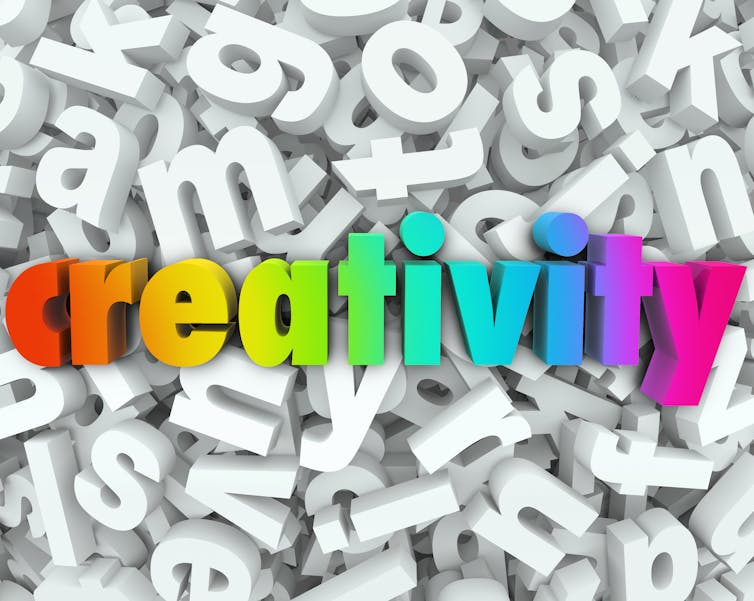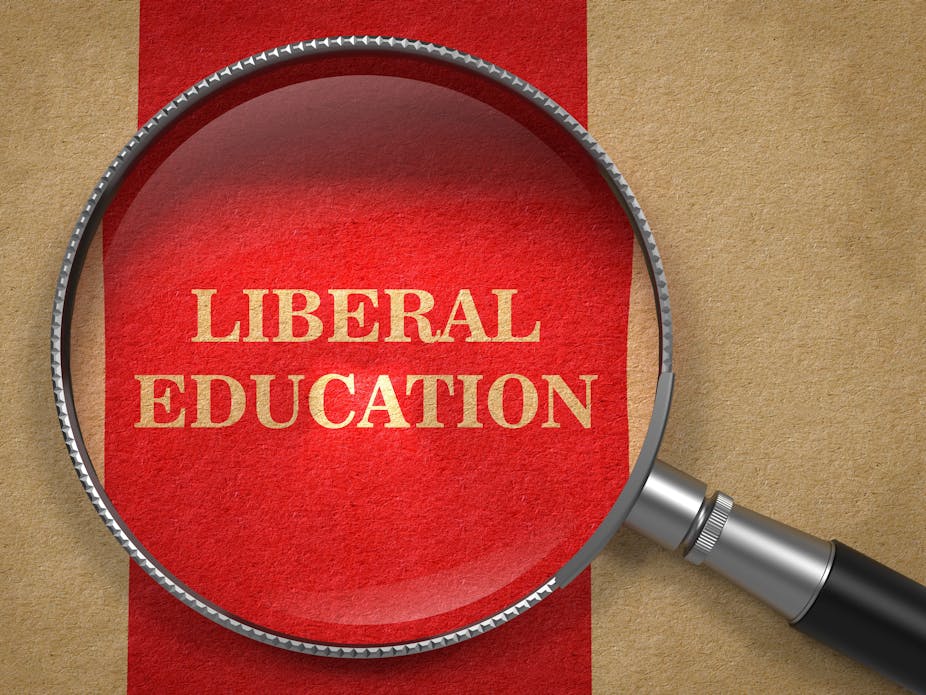In 1828, a faculty committee at Yale declared that the aim of a liberal education “was not to teach that which is peculiar to any one of the professions, but to lay the foundation which is common to them all” by imparting information and training students in how to think.
The committee advocated the establishment of a curriculum and modes of instruction calculated to fix the attention of young men; foster mental discipline; instill a capacity to analyze subjects by weighing evidence; awaken, elevate, and control the imagination.
Almost two centuries later, the cultivation of these skills, re-branded as “critical thinking,” remains central to proponents of the liberal arts.
Fareed Zakaria, the host of CNN’s “Fareed Zakaria’s GPS” and an editor-at-large at Time magazine, relies heavily on them throughout his new book, In Defense of a Liberal Education. “The central virtue of a liberal education,” he writes, “is that it teaches you how to write, and writing makes you think.”
A related strength, he says, is instruction in “how to learn…how to read an essay closely, search for new sources, find data to prove or disprove a hypothesis, and detect an author’s prejudice.”
By exposing students to ideas, experiences, emotions and values they might not otherwise encounter, a liberal education gives graduates a greater capacity to be good friends, family members and citizens.
Although it needs to be interrogated and qualified, his argument could not come at a more important time.
Liberal arts education has financial pay offs
Along with many other defenders of liberal learning, Zakaria also maintains that it can – and does – pay off financially. He cites a survey published by the American Association of Colleges and Universities in which 74% of employers recommended a liberal arts education as the best preparation for the global economy – and he quotes a slew of prominent businessmen, including Jeff Bezos (Amazon), Norman Augustine (Lockheed Martin), and Edgar Bronfman (Seagram Company), who agree.
These days, as Zakaria knows, his arguments are a hard sell.
The economic value of a degree may not be the only reason young men and women come to college, but it is a major reason, especially in the wake of the global recession, global economic competition, and rising tuitions.

Inclined already to a narrowly utilitarian view of higher education, many parents and prospective students are increasingly aware of studies, including one recently published by the US Census Bureau, showing that individuals with degrees in engineering make more money than college graduates with any other major.
Those in computer science, mathematics, statistics, business, the life sciences and physical sciences come next.
Liberal arts graduates are at the back of the pack.
Politicians play down value of liberal arts
Little wonder, then, that the governors of Texas, Florida, North Carolina and Wisconsin support reductions in expenditures for the liberal arts in state-funded colleges and universities. Or for that matter, that President Obama makes comments that play down the importance of an arts degree:
“I promise you, folks can make a lot more, potentially with skilled manufacturing or the trades than they might with an art history degree.”
Critics also point to considerable evidence indicating that the liberal arts are not delivering on their promises.
Zakaria acknowledges that the subjects “that define the liberal arts – the core humanities” – have become “less structured and demanding.” Many History and English departments no longer require introductory courses.
Liberal learning is in crisis
Because professors assign less reading and writing and because grade inflation provides protective cover, the number of hours undergraduates spend studying outside the classroom has declined dramatically, from about 40 hours per week in 1961 to 27 in 2003.
It is not at all certain, then, that 21st century style liberal learning is the best pathway to “critical thinking.” Liberal learning is in a crisis. In the humanities, course enrollments and majors have plummeted; in business they have skyrocketed.
Liberal learning can return to its rightful place in higher education, but it will not be easy. The task is all the more daunting because many of its partisans, inside and outside of academia, are in despair and have lost faith.
With a loss of public support, a dismissal of traditional defenses, including many of the arguments advanced by Zakaria, as platitudes and a growing conviction that liberal arts education is little more than a smorgasbord of courses, the clock is ticking.

A large-scale reform may well be necessary. It should include a tough-minded assessment of general education courses and distribution requirements; the relationship between cultural literacy and learning how to learn; and the degree to which liberal learning really does produce critical thinking.
The reform must result in teaching students (far more effectively than at present) to read and write, analyze texts, find data to prove or disprove hypotheses and become good citizens.
Liberal arts professors should also abandon the idea that addressing vocational concerns in the curriculum involves dumbing down. As Jamie Merisotis, president of the Lumina Foundation, reminds us: “To deny that job skills development is one of the key purposes of higher education is increasingly untenable.”
Integrating job skills into academic itineraries does not imply it “is the only thing we do.”
Some initiatives worth noting
A few recent initiatives are worth noting. UCLA offers an undergraduate minor in the digital humanities, in which students, working in teams, use 3D visualization, network analysis, text-mining and mapping to create an encyclopedia of ancient Egypt, a multimedia narrative of Google Glass and an exploration of Andean ceramics and social media studies.
Indiana University offers a Liberal Arts and Management Program, in which College of Arts and Sciences majors take courses in business law, accounting, management and computer applications in the School of Business.
Defenders of liberal learning should continue to remind politicians, parents and prospective students that liberal arts majors do just fine, with median incomes far in excess of the overall median. They should also cite evidence that those who complete post-baccalaureate study often eat their cake and have it too, with prestigious high-paying, fulfilling jobs, and greater satisfaction with their lives than their classmates in other disciplines.
In all likelihood, however, such evidence will not carry the day. The burden of argument has now shifted to the proponents of liberal learning: they must demonstrate to skeptical audiences, preoccupied with near-term, “bottom line” outcomes, that humanistic frameworks of education are broad-based, self-critical and pragmatic, as well as relevant to students’ personal, professional and political lives.
For more coverage on the importance of liberal learning, read our discussion with four former university presidents here. _

